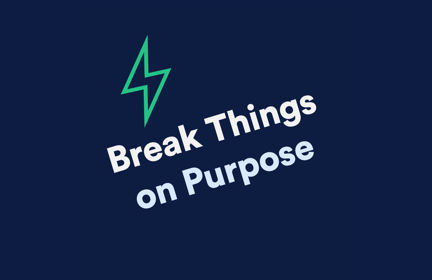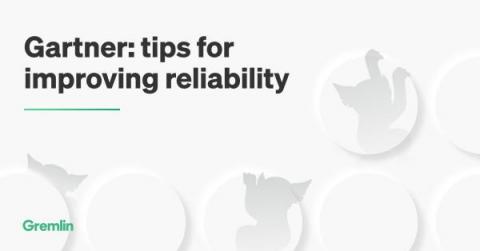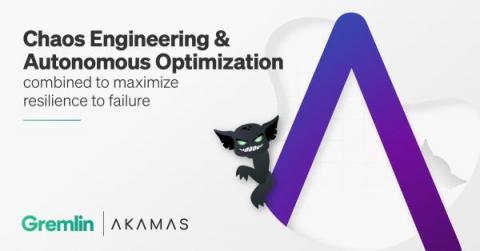How Does Chaos Engineering Work?
Chaos testing is a way to test the integrity of a system. Its purpose is to simulate failures that could crash a production system in a controlled environment. This helps to identify failures before they cause unplanned downtime that disrupts the user experience. Unlike standard testing, which tests a system response against a predefined result, chaos testing does not have a predefined result. Rather, the entire purpose of the experiment is to find out new information about the system.







